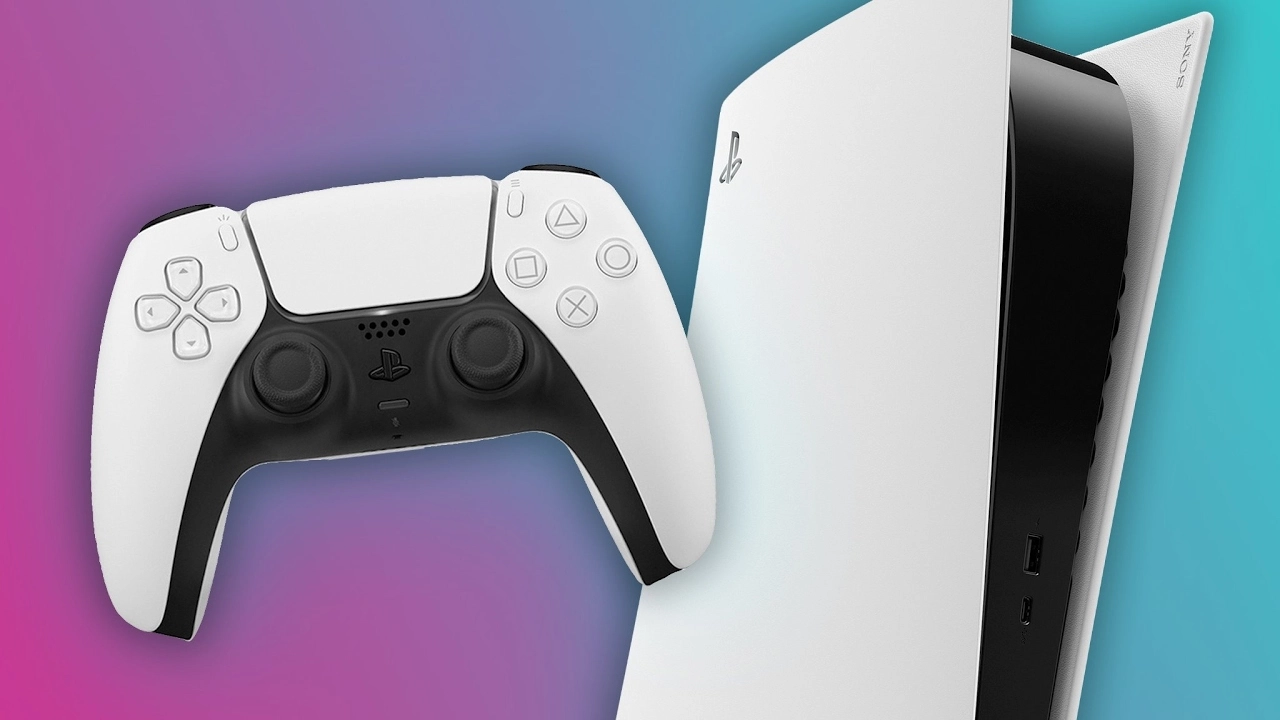Video Game Consoles and Accessories: Smart Choices and Setup Tips
Buying a console is more than picking the latest model; it's about how it fits your space, your games, and your budget. First, decide whether you want a home console for big-screen play, a portable for on the go, or both. Think about the games you enjoy—exclusive titles, online services, and backwards compatibility will steer your choice. Check storage limits early; modern games eat space fast and internal storage often fills up quickly.
Once you pick a console, prioritize cooling and airflow. Consoles need room to breathe, so avoid stuffing them into closed cabinets without vents. If you must use a cabinet, leave several inches of space around the console and add a small fan or vent panel to keep air moving. Vertical stands can help with airflow for some models, and aftermarket cooling pads are useful for older consoles prone to heat. Dust builds up over time, so clean vents gently with compressed air every few months.
Best accessories to consider
Start with a reliable controller; spare controllers are handy for local multiplayer and reduce wear on the main pad. A wired headset lowers latency for competitive games, while wireless headsets add comfort for long sessions—pick one with a good microphone if you play online. SSD upgrades or external drives speed load times and expand storage; match the drive speed to the console's requirements. A surge protector protects your system from voltage spikes and is a cheap insurance policy.
Practical setup and care tips
Place the console on a stable surface away from direct sunlight and heat sources. Organize cables with labels or simple ties to avoid tugging ports when cleaning or moving hardware. If you buy used gear, inspect ports, test disc drives, and verify account transfers or resets to avoid locked consoles. For digital purchases, keep account credentials secure and enable two-factor authentication where possible. Manage game libraries by uninstalling rarely played titles and keeping backups of save files if the system supports cloud saves.
Think about audio and display too: a good HDMI cable that supports the console's max resolution and refresh rate avoids visual issues, and setting TV or monitor modes to game settings reduces input lag. If you stream or record, consider a capture card and stable upload speeds; poor bandwidth ruins stream quality no matter how good your gear is. For families, parental controls on modern consoles are robust and let you limit playtime, purchases, and mature content.
Finally, plan for upgrades and storage. Keep boxes and receipts for warranty claims, and track firmware updates that improve stability and security. Balance cost versus benefit when buying accessories—choose items that directly improve play or protect your investment. A little planning makes your console last longer and play sessions smoother, whether you're a casual player or chase the leaderboard. Consider local repair shops for minor fixes to save money and support the community. Also check return policies and extended warranties before making big purchases online.
Can you put a PS5 in a cabinet?
In terms of placing your PS5 in a cabinet, it's technically possible but not highly recommended. The main issue is ventilation; PS5 requires ample space for air circulation to prevent overheating, which a closed cabinet might not provide. If you must put it in a cabinet, ensure there's plenty of room around the console and the cabinet has sufficient ventilation. Also, consider an open cabinet or one with a fan to better regulate temperature. To sum up, if you can't guarantee good airflow, it's better to find an alternative spot for your PS5.

 Cricket
Cricket